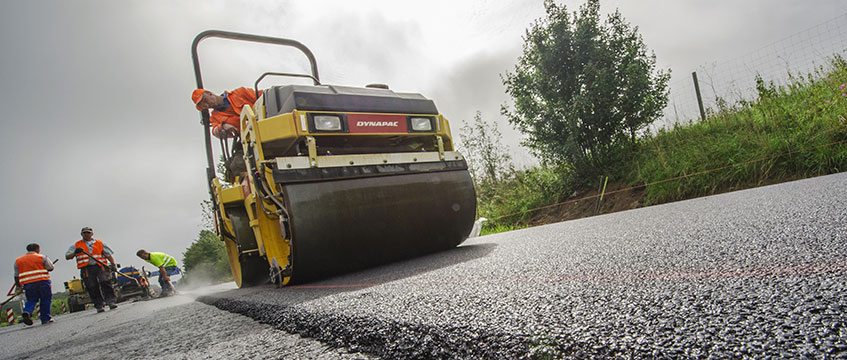Ministers have published a consultation on the design of a new infrastructure levy to be paid by developers.
Under the proposals, which will replace section 106 contributions for most developments, the levy will be set by councils and prevent developers from negotiating down the amount they contribute to the community when they bring forward new projects.
Levelling up secretary Michael Gove said: “Central to our levelling-up mission is ensuring local communities can take back control. The infrastructure levy will do just that.”
He added that it would give “local leaders the tools to bring forward more affordable housing and the transport links, schools and GP surgeries their communities need”.
Gove said it would also be beneficial to developers: “It will also speed up delivery and put an end to lengthy negotiations with developers.” He also claimed that under the existing system developers often sought to “shirk their responsibility to provide for local people”.
Under the proposals, the amount developers will have to pay will be calculated once a project is complete, instead of when the site is granted planning permission. This will make sure that councils benefit from increases in land value, which can be significant for large developments that take years to complete.
This has raised concerns that some developments may go bust after discovering that they have been made unviable retrospectively.
Another proposal is that communities should, in effect, benefit from saying “yes” to development. Under the plans, a portion of the money will be passed directly to communities as a “neighbourhood share” to fund their infrastructure priorities, while councils will be required to engage with communities and create an infrastructure delivery strategy.
The levy, the Department for Levelling Up, Housing and Communities said, has been designed to deliver at least as much affordable housing as the current system. Councils will be given a new “right to require”, so they can dictate how much of the levy is delivered through affordable housing on-site in new developments and how much is given in cash for other infrastructure, such as new schools, transport links and GP surgeries.
The levy will be introduced as part of the Levelling Up and Regeneration Bill, which is currently making its way through the House of Lords.
The consultation will run for 12 weeks, until 9 June. The department has said it will then consult further on proposed regulations, once the responses to this consultation have been fully considered.
Ministers have described the introduction of the proposed infrastructure levy as a “significant change”, and as such a 10-year “test and learn” process will be used to iron out any kinks.
Under that process only a small number of councils will implement the levy initially, testing how it operates in practice, before it is rolled out more widely.
Gary Sector, partner in Addleshaw Goddard’s planning & infrastructure consenting team, said: “Make no mistake, change here is not going to be instant. The government makes clear any significant reforms will be implemented slowly, with a 10 year ‘test and learn’ period. So in the short term this is perhaps more about creating the illusion of significant reform, whilst on a practical level doing very little in a few local authority areas – at least initially.”
Click here to read the consultation documents
To send feedback, e-mail piers.wehner@eg.co.uk or tweet @PiersWehner or @EGPropertyNews











